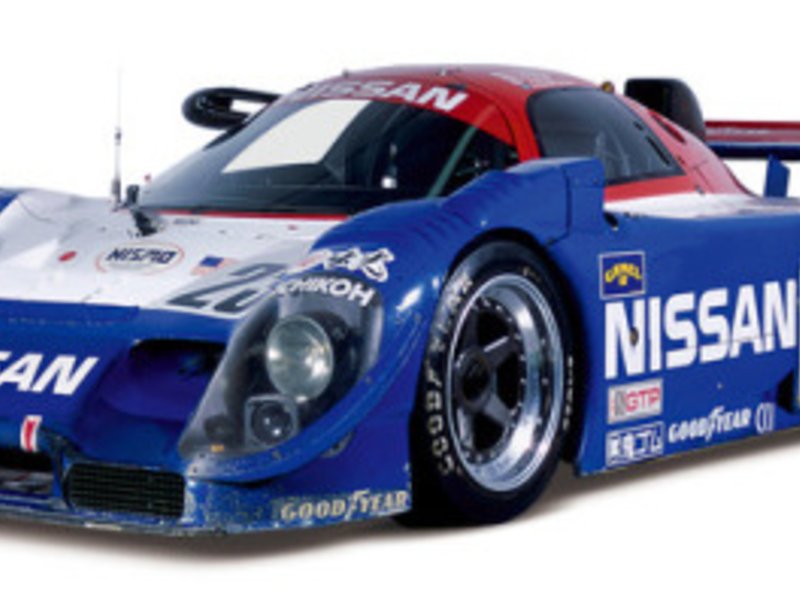
Nissan became the first Japanese automaker to win the 24 Hours of Daytona endurance race, on Feb. 2, 1992.
Endurance racing at Florida’s Daytona International Speedway began shortly after the track opened in April 1959, starting with a six-hour sports car race.
Following a series of expansions to the race, the first 24 Hours of Daytona was staged in 1966 and was won by Ken Miles and Lloyd Ruby behind a Ford GT40 Mk II.
The race would go on to be dominated by American and European cars. By 1992, when the race had became known as the Rolex 24 at Daytona, a recession and tight economic times had whittled the field to 49 cars.
Nissan had used British racing chassis until 1990 and its own engines, but the prototype R91CP used at Daytona was 100 percent Japan-built, with a full-carbon composite body.
Kunihiko Kakimoto led planning and engineering for the race.
Nissan Motorsports International, known as Nismo, began designing and developing race and rally cars in September 1984, but it was a newcomer to the rigors of Daytona.
The No. 23 Nismo team car, driven by an all-Japanese crew — Masahiro Hasemi, Toshio Suzuki and Kazuyoshi Hoshino — took the lead in the race’s second lap and stayed there for most of the race. Only Hasemi had experience driving in the U.S. at the time.
They relinquished the lead to the No. 83 American Nissan R90C for a little more than an hour, then regained it and kept it over the final 17 hours, finishing with a nine-lap victory over the Bud Light Jaguar XJR-12.
Nissan completed the race in a record 762 laps on the 3.56-mile circuit (2,712.7 miles) at an average speed of 112.897 mph.
Kakimoto later said that holding the lead through the night, when visibility was especially tough, was key to the victory. He credited the high-intensity discharge headlights.
“We co-developed these with our supplier Ichikoh, which had very good technology,” Kakimoto said. “There were many competitors and other suppliers developing HID headlights, but Ichikoh had one of the best in terms of performance and reliability.”